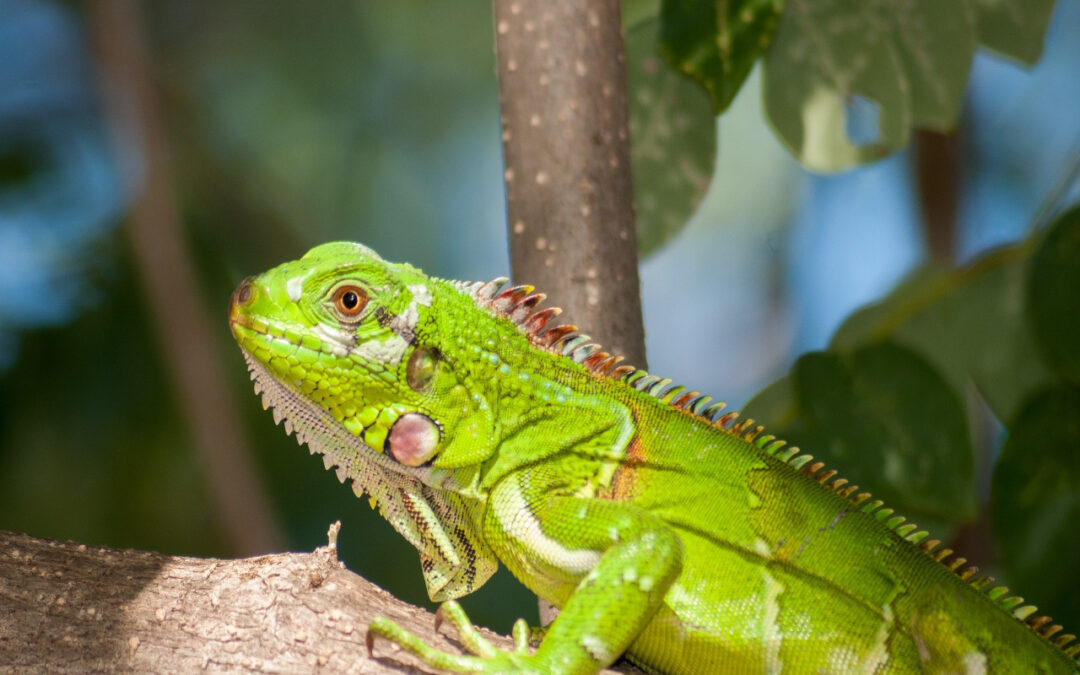Food and Shelter: The Basics of Proper Iguana Care
Iguanas are very popular pets. People who take iguanas as pets do so because they may find iguanas “exotic.” However, some people are put off by the fact that iguana care can take so much work. But, if you know the basics of food and shelter for iguanas, then iguana care can be quite easy.
Here are some things you should know about proper iguana care:
1) Food – Iguanas are strict herbivores. Old books on iguana care still say that you need to feed small insects to an iguana. This advice is backed by the fact that some iguanas can be seen consuming small insects in the wild. However, you should know that wild iguanas usually eat insects accidentally, when some such insect lands on a piece of vegetable matter that the iguana is eating. Another reason why some wild iguanas eat insects is that they have nothing else to feed. Sometimes, different factors affect the vegetation on an iguana’s habitat, so the iguana is forced to feed on insects.
Why shouldn’t you feed animal proteins to an iguana?
First of all, iguanas’ bodies are made for maximum use of plant foods. Hence, they can not properly process the high concentration of protein contained in animal products. The part of the protein that their bodies cannot process often ends up as crystals deposited in the tissue. This could lead to gout or kidney failure.
Proper iguana care requires that you try to keep your iguana on a strict vegetarian diet. Some people think that their iguana’s growth will be stunted if they do not feed it any animal proteins. You should know, however, that iguanas that are fed strictly plant foods will grow bigger and live longer.
2) Shelter – this is the second consideration to take in proper iguana care. An iguana owner should pay very close attention to the habitat because of the simple fact that an iguana is cold-blooded. This means that the iguana depends highly on its environment for its survival. Here are some things to consider:
a) Temperature – the enclosure for the iguana should have varying spots of temperature. This is so that the iguana can regulate its body temperature by moving between cold and hot spots. You should provide a basking spot for your iguana with a temperature ranging from 90 to 95 degrees Fahrenheit.
b) Size – proper iguana care requires that you provide an enclosure that gives your iguana plenty of space to move around. Some people might think that iguanas require small habitat, but the fact is that an iguana that’s properly taken care of can grow up to six feet long! This means that you have to be prepared for the future if you want your iguana to remain healthy.
c) Lighting – iguanas need a source of UVA and UVB light. Now, while iguana care shops may have some artificial lighting that provides these, you should know that natural sunlight is still the best for your iguana.
These are just the basics of proper iguana care. These tips should get you started on taking care of an iguana. However, if you wish to truly master the art of proper iguana care, you should research more about the subject.


